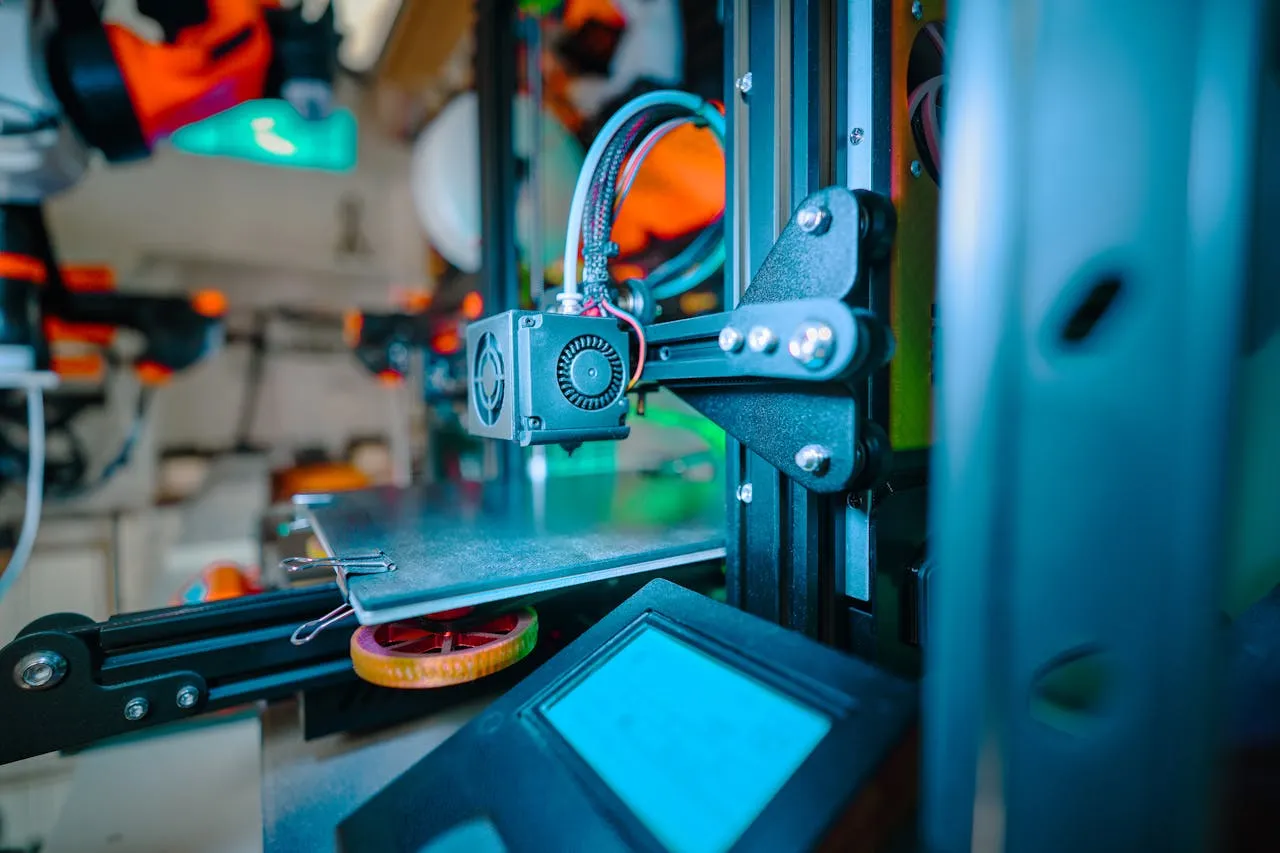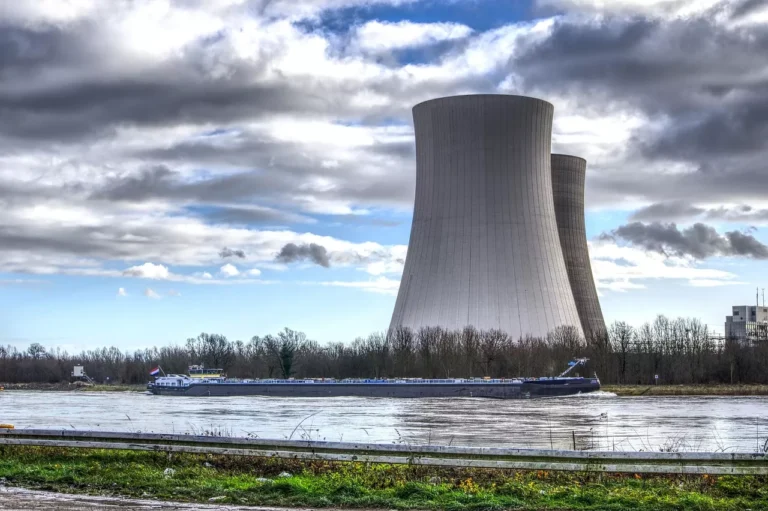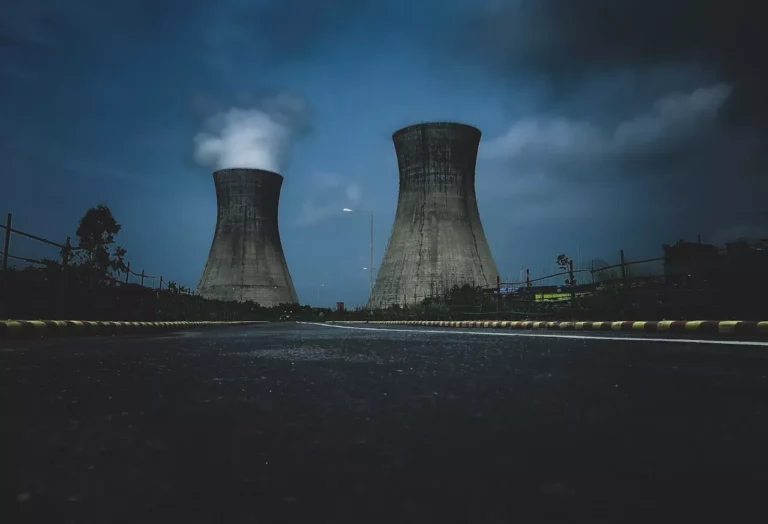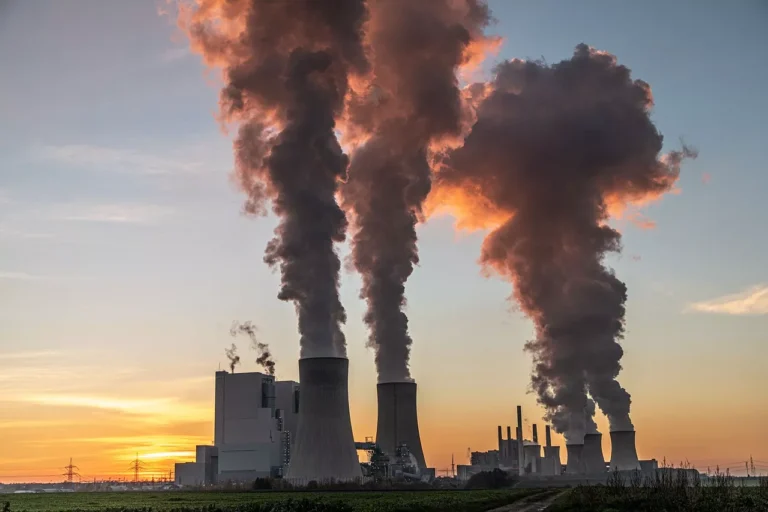
Argonne Researchers Examine 3D-Printed Steels for Advanced Nuclear Reactor Applications
Stainless steel has long been a cornerstone material for the nuclear industry. From reinforcing reactor walls to forming essential components, stainless steel has earned its reputation for durability, capable of withstanding decades of extreme heat, high pressure, and intense radiation. However, as the industry evolves toward next-generation nuclear reactors, there is growing interest in innovative manufacturing techniques, particularly additive manufacturing, or 3D printing, to produce advanced steel components. Yet, before 3D-printed steels can be fully trusted in nuclear reactor environments, a thorough understanding of their behavior under operational conditions is crucial.
At the U.S. Department of Energy’s (DOE) Argonne National Laboratory, researchers have recently undertaken two detailed studies to explore how 3D-printed steels perform under extreme conditions. Using advanced analytical tools such as X-ray diffraction and electron microscopy, the team investigated steels fabricated through a process known as laser powder bed fusion (LPBF). LPBF is an additive manufacturing method in which a laser selectively melts layers of metal powder to build a solid, three-dimensional object. This layer-by-layer approach allows for highly precise geometries and complex designs that would be challenging or impossible with traditional manufacturing methods.
The LPBF process induces unique microstructural features in steel due to the rapid heating and cooling cycles inherent to the laser’s operation. These cycles create a complex network of atomic dislocations and residual stresses, giving the printed material properties that differ significantly from those of conventionally wrought steel. Understanding how these microstructural characteristics evolve, especially under high temperatures or mechanical load, is essential for evaluating the material’s suitability for nuclear applications.
A critical aspect of material behavior in high-temperature environments is heat treatment. During heat treatment, metals undergo a process called recovery, where elevated temperatures enable atoms to rearrange themselves, reducing internal stresses and repairing defects in the crystal lattice. In some cases, this process progresses to recrystallization, where the original, strained grains are replaced with new, strain-free grains. However, not all dislocations are undesirable; retaining a controlled amount can be advantageous. Dislocations can act as nucleation sites for precipitates—small, dispersed particles that can strengthen the material by impeding the motion of dislocations and enhancing overall performance.
In the first study, Argonne scientists examined LPBF-printed samples of 316H stainless steel, a material already well-established in nuclear reactor construction in its traditional, wrought form. The team collected high-resolution structural data at two DOE Office of Science user facilities: the Center for Nanoscale Materials (CNM) and the Advanced Photon Source (APS). These data provided a detailed view of the internal microstructure, allowing researchers to correlate specific structural features with mechanical properties, including tensile strength and creep resistance. Creep—the slow, permanent deformation of a material under a sustained load—is a critical concern for reactor components, which are often exposed to constant mechanical stresses over long periods at elevated temperatures.
The second study focused on a newer alloy, A709 stainless steel, specifically engineered for high-temperature environments such as those found in sodium fast reactors. For the first time, LPBF-printed samples of A709 were thoroughly investigated, both in their as-printed state and after heat treatment. Mechanical testing revealed that the printed A709 samples exhibited higher tensile strength than conventionally wrought A709, both at room temperature and at 1022°F (550°C), a temperature relevant to sodium fast reactor operations. The enhanced performance is attributed to the higher initial dislocation density in the printed samples, which promotes the formation of strengthening precipitates during subsequent heat treatment.
These findings are more than academic; they provide practical guidance for how to optimize heat treatment protocols for 3D-printed steels. By carefully controlling the balance between dislocation retention and recrystallization, researchers can tailor the microstructure to maximize mechanical performance, including strength, ductility, and creep resistance. This knowledge is vital for ensuring that additive-manufactured components can meet the stringent safety and reliability standards of the nuclear industry.
“Our research is providing practical recommendations for how to treat these alloys,” said Xuan Zhang, a materials scientist at Argonne and co-author of both studies. “But I believe our biggest contribution is a greater fundamental understanding of printed steels.” Zhang emphasizes that while additive manufacturing offers exciting opportunities for advanced reactor components, its adoption requires a solid grasp of how these materials behave under extreme conditions over time.
Beyond mechanical performance, these studies also have implications for the broader adoption of additive manufacturing in the nuclear sector. Traditional fabrication methods, while reliable, often involve significant material waste and limitations on component geometry. LPBF and other additive processes allow engineers to create intricate designs that optimize material use, reduce waste, and potentially improve reactor efficiency. Moreover, the ability to rapidly prototype and produce components could accelerate the development of next-generation reactors, which aim to offer improved safety, higher efficiency, and reduced nuclear waste compared with current-generation plants.
The Argonne research highlights the importance of combining advanced manufacturing techniques with state-of-the-art characterization tools. Techniques like X-ray diffraction and electron microscopy provide unparalleled insight into the internal structure of materials, revealing details invisible to conventional analysis methods. By correlating microstructural features with mechanical properties, scientists can identify the key factors that influence performance and failure modes, ultimately guiding the design and treatment of materials for critical applications.
As nuclear energy continues to evolve, the integration of 3D-printed steels represents a promising frontier. These studies at Argonne are helping bridge the gap between innovative manufacturing technologies and the rigorous demands of nuclear reactor environments. By establishing a fundamental understanding of how additive-manufactured steels behave under heat, stress, and radiation, researchers are laying the groundwork for safer, more efficient, and more flexible nuclear reactor designs.
In summary, stainless steel remains a vital material for the nuclear industry, but the advent of additive manufacturing offers exciting new possibilities. Argonne National Laboratory’s investigations into LPBF-printed 316H and A709 steels demonstrate that with careful heat treatment and microstructural control, these materials can achieve mechanical properties equal to or surpassing their wrought counterparts. Beyond their immediate application, these studies provide valuable insights into the fundamental science of 3D-printed metals, paving the way for broader adoption in high-stakes environments like next-generation nuclear reactors.










